If you are a foodie and enjoy all kinds of dishes, whether they are veg or non-veg, there’s a chance you’ve heard of KFC. You might have even tried their renowned and crispy chicken dishes. KFC is one of the most well-known food chains across the globe.
From the tantalizing aroma of their signature fried chicken, to the savory satisfaction with every bite, KFC has captured the hearts and taste buds of millions worldwide. It is also a well-known food chain in India and has spread its franchise across the country.
But what has made KFC reach this level of success? Why is it so popular? What made this possible? What are its unique innovations and what lies in its future? In this blog, we will uncover the crisp and sizzling strategies that have made KFC a global fast-food company.
KFC has been serving customers across the globe. It believes in providing the ultimate satisfaction to customers with its delicious recipes. It is known for its iconic ‘Fried Chicken’ which has also led its path to becoming a renowned brand.
It is known for its tagline, “It’s Finger Lickin’ Good”. Another popular tagline is, “Nobody Does Chicken Like KFC”. Whether it be the quality of chicken, the curated selection of ingredients or their promise of exceptional service, it endeavors to ‘do its best’, with ‘bucket loads of care.’
KFC is popular in India and has a fair share in the market. Although, it is not based here. Its roots go back to the United States of America. Let’s learn more about the origin and history of KFC.
Origin and History Of KFC
Kentucky Fried Chicken, widely known as KFC, was started by Colonel Harland Sanders. He was born in 1890 in Henryville, Indiana in the United States.
Colonel Sanders began his culinary venture in the early 1930s when he started a small roadside eatery in Corbin, Kentucky, for travelers. He created his own fried chicken recipe, which quickly gained popularity for its yummy taste and unique blend of herbs and spices.
In 1952, at the age of 62, Colonel Sanders franchised his recipe to Pete Harman, a restaurateur in Salt Lake City, Utah. This marked the inception of Kentucky Fried Chicken, with Colonel Sanders’ crispy, flavorful chicken captivating the taste buds of patrons.
As demand for KFC soared, Colonel Sanders signed franchise agreements and expanded the brand’s footprint across the United States. By the early 1960s, KFC ventured beyond U.S. borders, opening its first international outlet in Canada.
In 1964, Colonel Sanders sold KFC to John Y. Brown Jr. and Jack C. Massey, ushering in a new chapter for the brand. Under new ownership, KFC experienced rapid growth, with thousands of outlets springing up worldwide.
Today, KFC stands as a global culinary icon, with a presence in over 145 countries and territories. Its signature red-and-white buckets and mouth-watering chicken have become synonymous with comfort food, making it a major player in the food industry.
What are the Marketing Strategies of KFC?
Now that we know about KFC’s origin and its values, we should take a look at its strategies that have led to its worldwide success and popularity. Here’s more about them:
KFC Product Innovation:
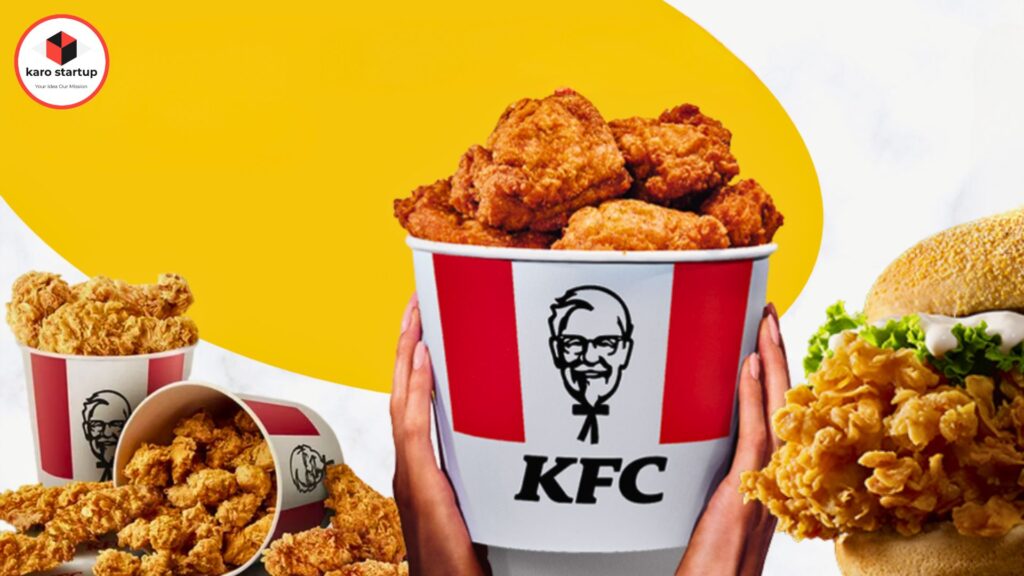
KFC focuses on continuous innovation according to changing consumer preferences and tastes by regularly introducing new menu items. Examples include the introduction of the Zinger burger, Krushers beverages, and the recently launched plant-based “Beyond Fried Chicken” in select markets.
KFC Brand Positioning:
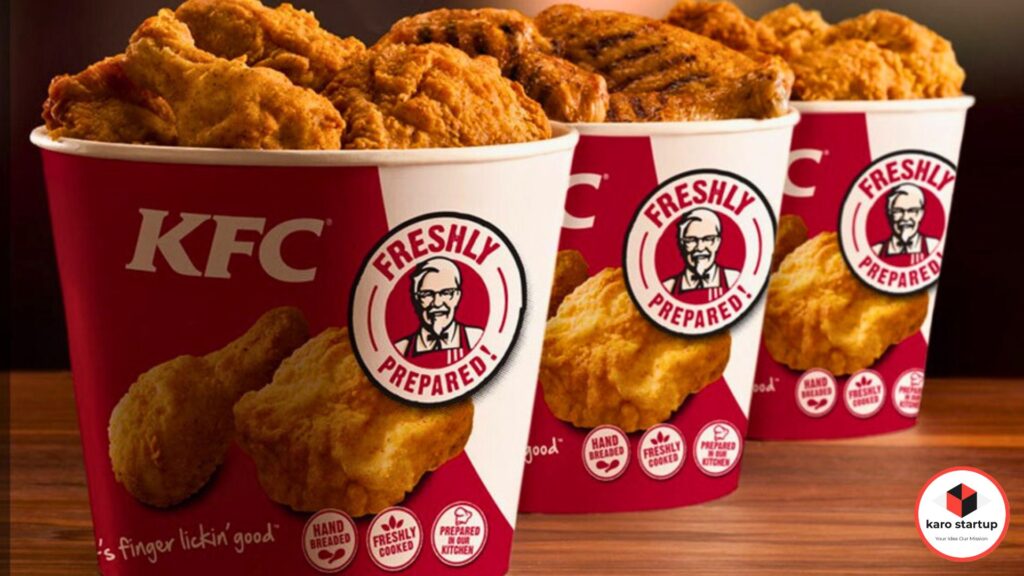
KFC positions itself as a provider of affordable and convenient meals that bring people together. It emphasizes its heritage and quality ingredients, such as its secret recipe of 11 herbs and spices. The brand’s tagline, “Finger Lickin’ Good,” emphasizes the unique taste and experience of KFC’s fried chicken, appealing to consumers seeking comfort food.
KFC Customer Engagement:
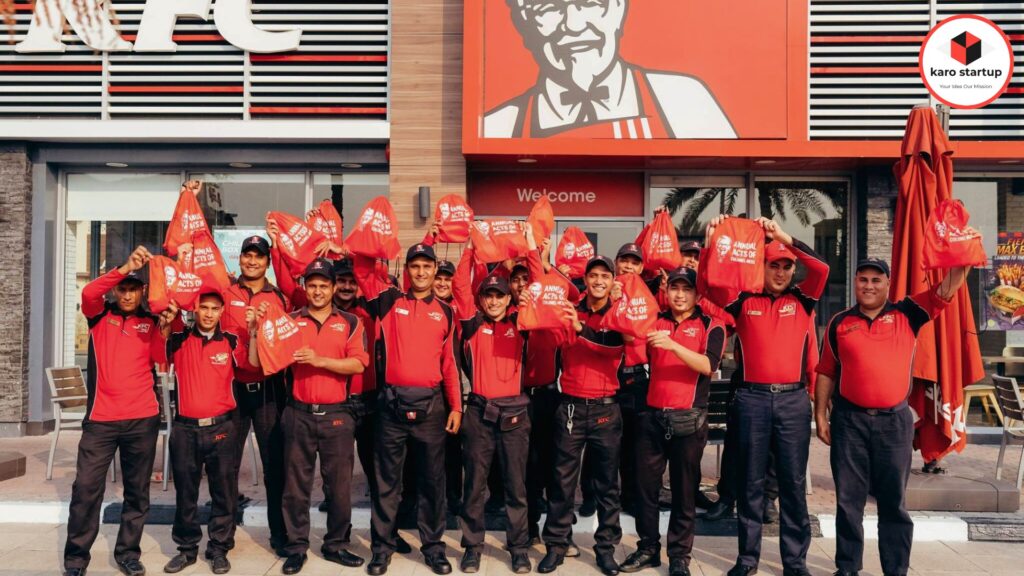
KFC engages with its customers through social media, advertising campaigns, and promotions. It makes use of platforms like Facebook, Twitter, and Instagram to interact with consumers and gather feedback. It also runs contests, giveaways, and loyalty programs to build brand loyalty among its customer base.
KFC Digital Transformation:
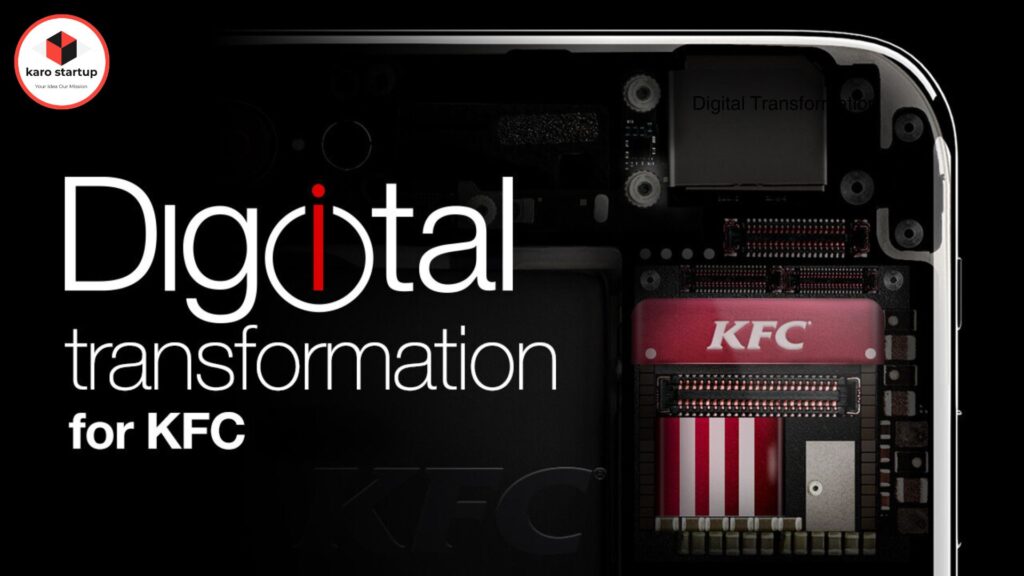
KFC has embraced digital technology to enhance customer experience. It offers online ordering through its website and mobile app, allowing customers to place orders for pickup or delivery. It also invests in digital marketing initiatives, including targeted advertising and personalized promotions.
KFC Community Engagement:

KFC actively engages with local communities through corporate social responsibility (CSR) initiatives and partnerships. It supports causes related to education, hunger relief, and sustainability, aligning with its values and priorities. For example, KFC has partnered with organizations like the World Food Programme (WFP) to combat hunger and food insecurity in vulnerable communities.
KFC Global Expansion:
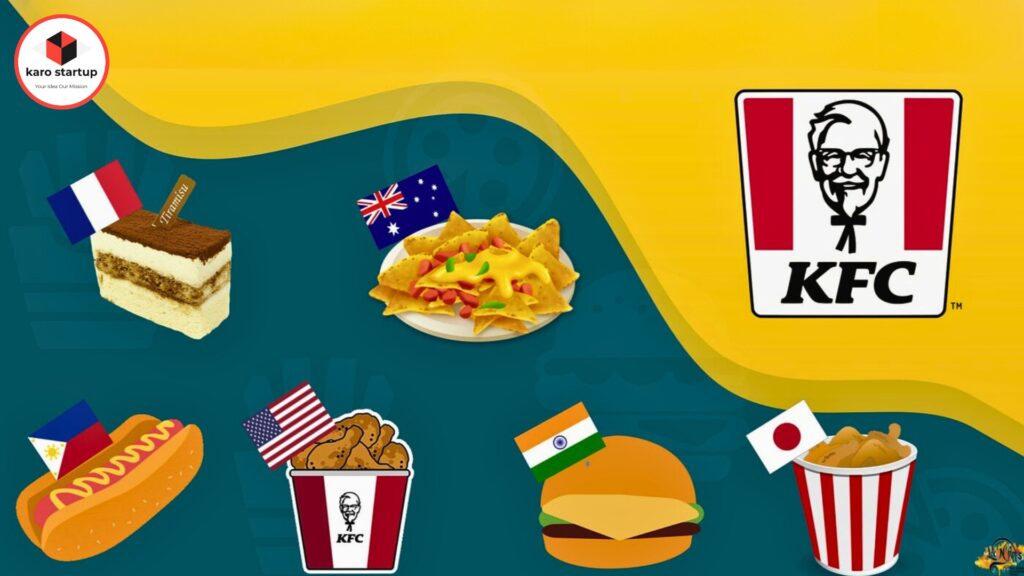
KFC continues to expand its presence in new markets around the world, tapping into emerging economies and adapting its menu to local tastes and preferences.
KFC Franchising Model:
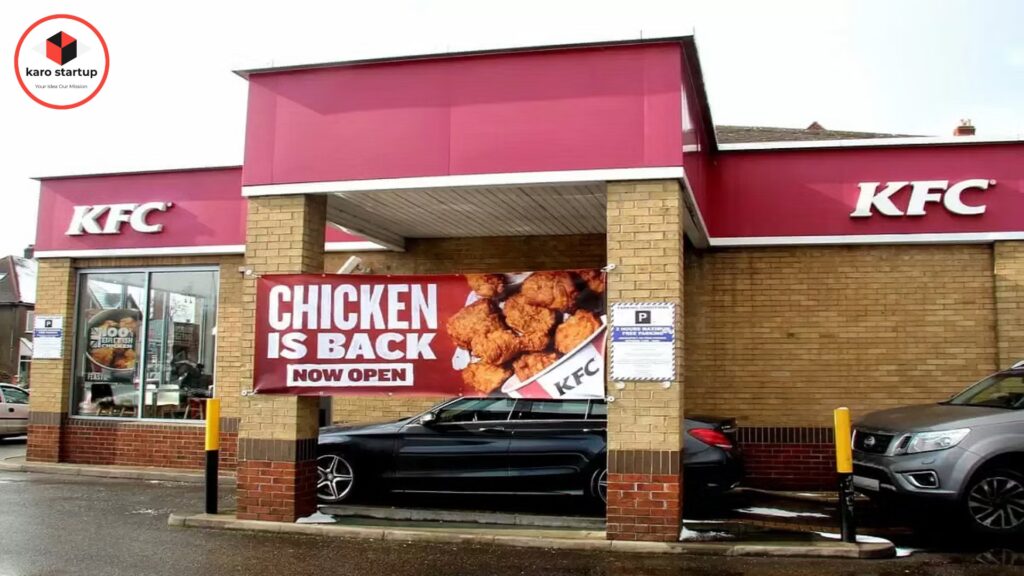
KFC operates on a franchising model, allowing it to rapidly scale its business while maintaining consistency in quality and service across locations. This helps to drive growth through partnerships with local entrepreneurs.
These strategies help KFC to maintain its position as a leading fast-food brand and continue delighting customers with its delicious offerings and memorable dining experiences.
What are KFC’s Other Unique Strategies?

We know that KFC is not the only leading food chain in the market. What makes it so special? What are its unique innovations that make it different from others? These are the Other Unique Strategies of KFC:
KFC Limited-Time Offerings:
KFC often introduces limited-time menu items and promotions to create excitement and drive foot traffic to its restaurants. These include seasonal specials, collaborations with other brands, or innovative twists on classic menu items.
Menu Localization:

KFC adapts its menu to suit local tastes and preferences in different markets around the world by incorporating regional flavors and ingredients into menu items or introducing entirely new products according to cultural preferences.
KFC Partnerships and Collaborations:
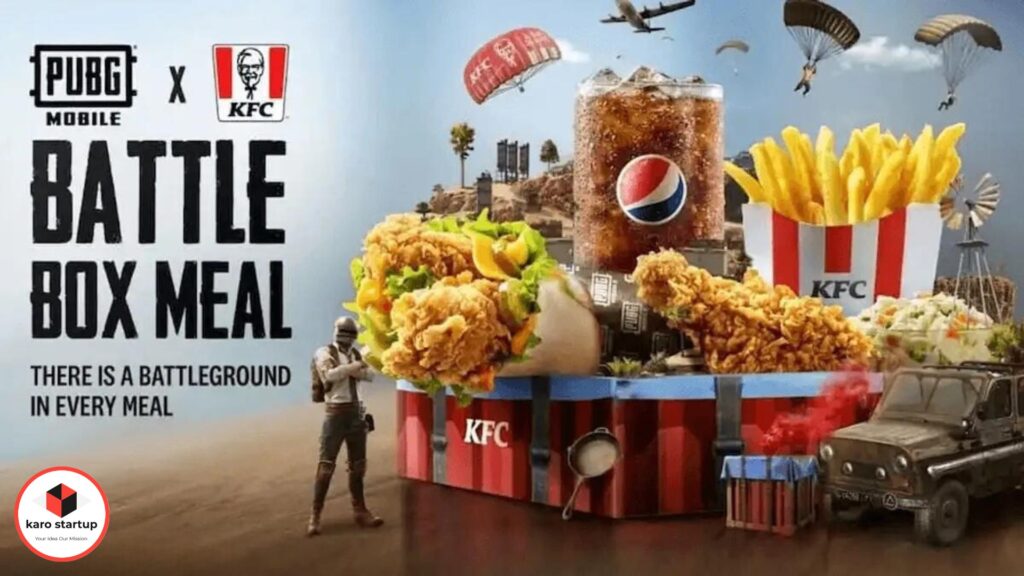
KFC frequently partners with other brands and organizations as well as celebrities to create unique marketing campaigns and promotions. This includes co-branded menu items, sponsorships of events or sports teams, or joint initiatives to support charitable causes.
KFC Innovative Packaging and Design:
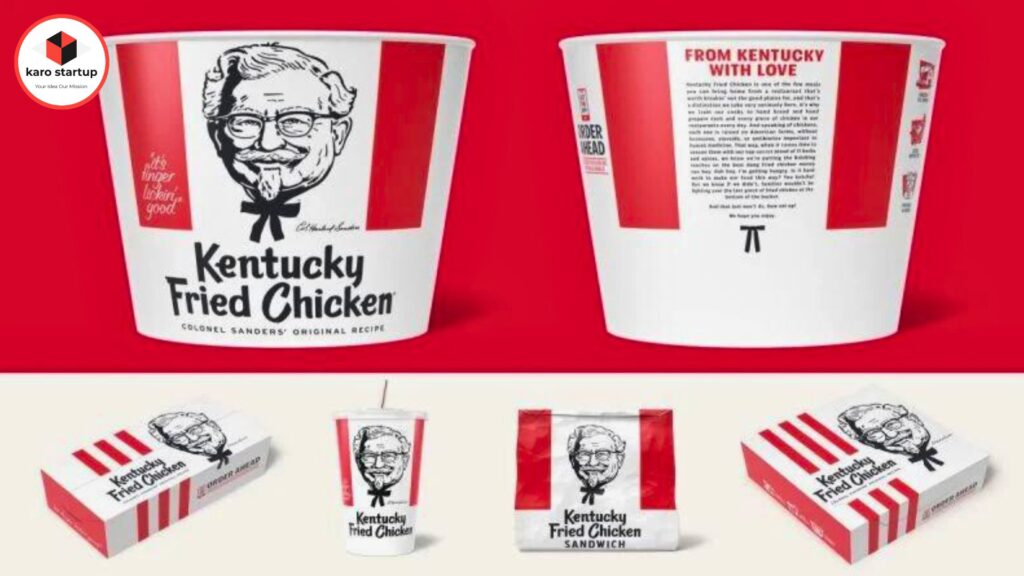
KFC invests in innovative packaging and restaurant design to enhance the dining experience for customers. This involves environmentally friendly packaging solutions, improving the functionality of packaging for takeaway orders, or updating restaurant interiors to create a welcoming atmosphere.
KFC Mobile App Engagement:
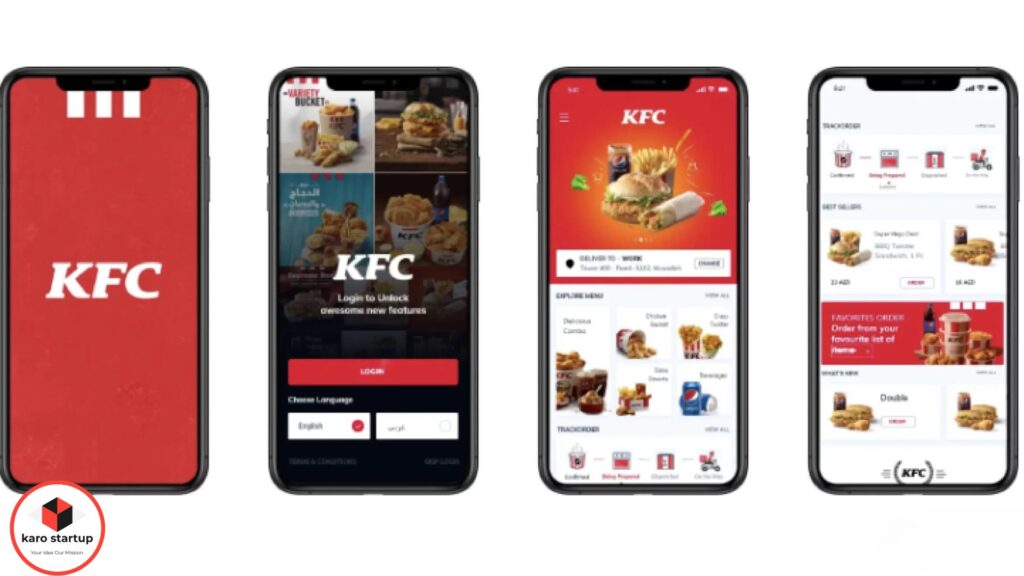
KFC encourages customer engagement through its mobile app, offering exclusive deals, discounts, and rewards for app users. The app provides a convenient way for customers to place orders, customize their meals, and access special promotions.
KFC Community Events and Sponsorships:
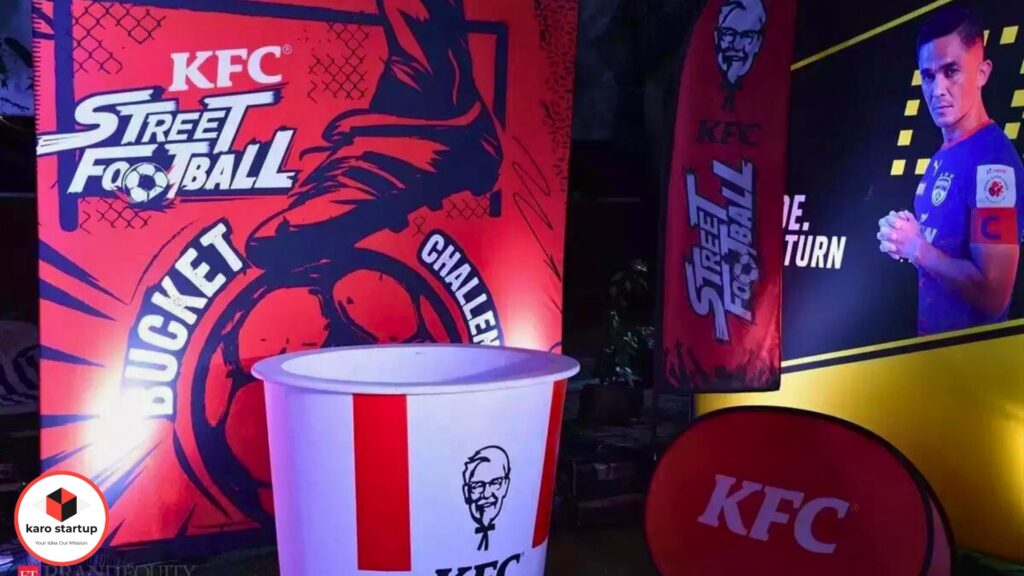
KFC actively participates in community events and sponsorships to strengthen its brand presence and connect with local communities by sponsoring sports events, cultural festivals, and charity initiatives, demonstrating its commitment to giving back to society.
KFC Environmental Sustainability Initiatives:
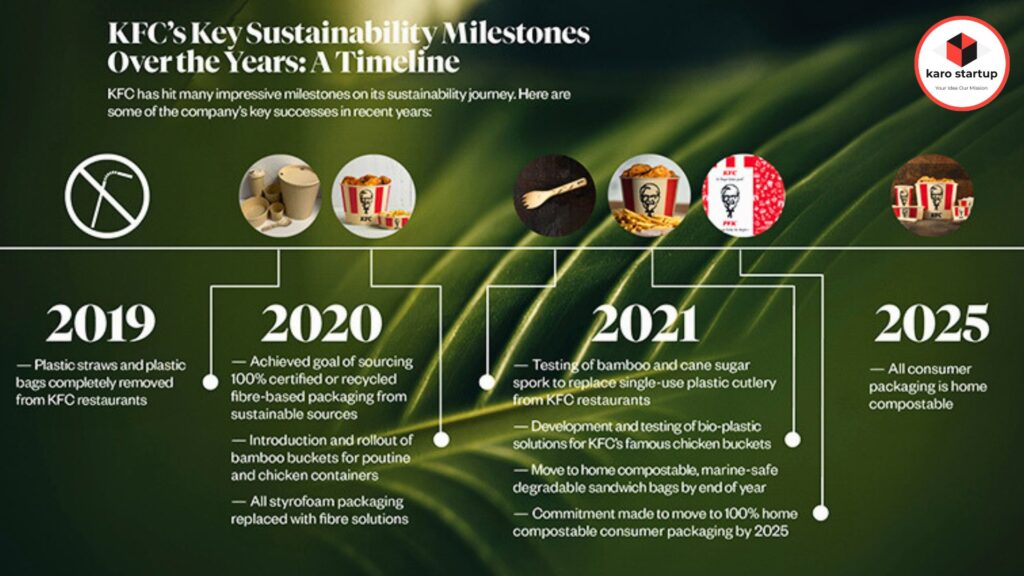
KFC prioritizes environmental sustainability by reducing waste, conserving energy, and minimizing its carbon footprint. This is done by using eco-friendly packaging materials, investing in energy-efficient technologies, and supporting sustainable sourcing practices for ingredients.
KFC Customization Options:
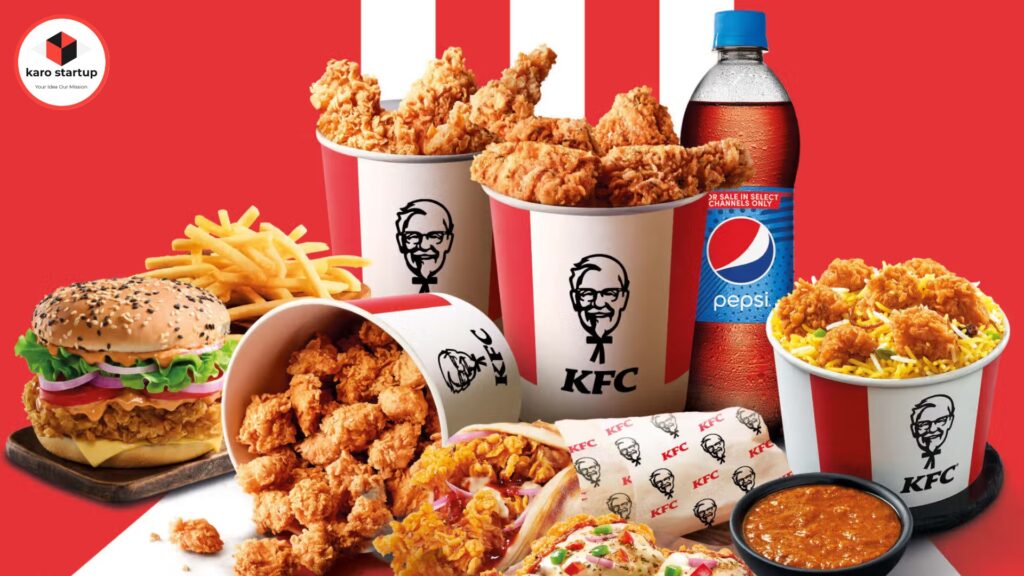
KFC offers customization options for its menu items, allowing customers to personalize their orders by choosing specific toppings, sauces, or side dishes to create a meal according to individual tastes.
KFC Marketing Campaigns:
KFC launches creative and attention-grabbing marketing campaigns to which utilize humor, nostalgia, or viral trends to resonate with audiences and drive engagement across various media channels.
These are the unique strategies that KFC differentiates from competitors and maintains customer interest. These methods help to make it a leading player in the fast-food industry.
What is current status of KFC?
KFC continues to be one of the largest and most recognizable fast-food chains around the world. With thousands of restaurants operating in over 145 countries and territories, it maintains a strong presence in both mature and emerging markets.
In terms of financial performance, KFC’s parent company, Yum! Brands consistently report strong sales and revenue figures. Despite facing challenges such as changing consumer preferences and economic fluctuations, KFC has remained adaptable and uses its brand strength and operational efficiency to drive growth.
In recent years, KFC has focused on expanding its digital capabilities by making investments in online ordering platforms, mobile apps, and delivery services, allowing customers to access its menu offerings with greater ease.
KFC has prioritized initiatives related to sustainability and responsible sourcing, aligning with growing consumer concerns about environmental and social issues. By reducing its environmental footprint, it aims to strengthen its brand reputation and appeal to socially conscious consumers.
KFC’s current status reflects its position as a leading player in the fast-food industry, with a strong brand presence, robust financial performance, and a commitment to innovation.
What is in KFC’s future?
KFC is likely to continue its growth and adapt to evolving consumer preferences and market dynamics. It will focus on expanding its presence in emerging markets, where there is still significant room for growth which includes countries in Asia, Africa, and Latin America, where rising incomes and urbanization present opportunities for KFC to capture new customers.
KFC will further invest in digital technology and e-commerce capabilities which might involve the expansion of online ordering platforms, mobile apps, and delivery services to meet the growing demand for convenience and digital engagement.
It will continue to innovate its menu offerings and adapt to changing consumer preferences and dietary trends. This includes introducing healthier options, plant-based alternatives, and customizable menu items to provide a diverse range of tastes and preferences.
KFC will likely intensify its efforts to promote sustainability and environmental responsibility across its operations and supply chain. This might be possible by reducing packaging waste, sourcing ingredients from sustainable and ethical sources, and implementing energy-efficient practices to minimize its environmental footprint.
KFC will maintain its commitment to community engagement and corporate social responsibility (CSR) initiatives which includes supporting local communities, investing in education and youth development programs, and addressing social issues such as hunger and food insecurity.
Overall, KFC’s future is characterized by a continued focus on innovation and customer-centricity, as the brand seeks to maintain its position as a leading player in the food market.
Some More Stories
Conclusion
In conclusion, KFC is a big fast-food chain. Though it has got its roots in the US, it has succeeded in spreading them across the world. It has the capability to reach new heights and expand its consumer base. As we have learnt, KFC has focused on making great marketing strategies for continued growth.
It is evident that KFC’s success lies not just in its mouth-watering menu offerings, but also in its commitment to quality, innovation, and customer satisfaction. From its humble beginnings in a small-town kitchen to its position as a leading food company, it has remained a beacon of comfort and indulgence for hungry souls around the world.
But beyond the crispy chicken and savory sides, KFC’s story serves as a reminder that behind every crispy drumstick or fluffy biscuit lies its commitment to bringing people together over a shared love for good food. Values similar to this were kept in mind while devising the marketing techniques that have made KFC a global success.
Frequently Asked Questions (FAQs)
What is the full form of KFC?
KFC is short for Kentucky Fried Chicken
Who was the founder of KFC?
Colonel Harland Sanders was the one who opened a small roadside eatery for travelers in the early 1930s which later became Kentucky Fried Chicken or KFC.
Who owns KFC?
Yum! Brands Inc. is the restaurant company that owns KFC.
What is KFC’s tagline?
KFC’s tagline since the 1950s is “ It’s Finger Lickin’ Good”.
Which dish is KFC’s speciality?
KFC is known for its “Fried Chicken” which was the original recipe of its founder, Colonel Sanders.




